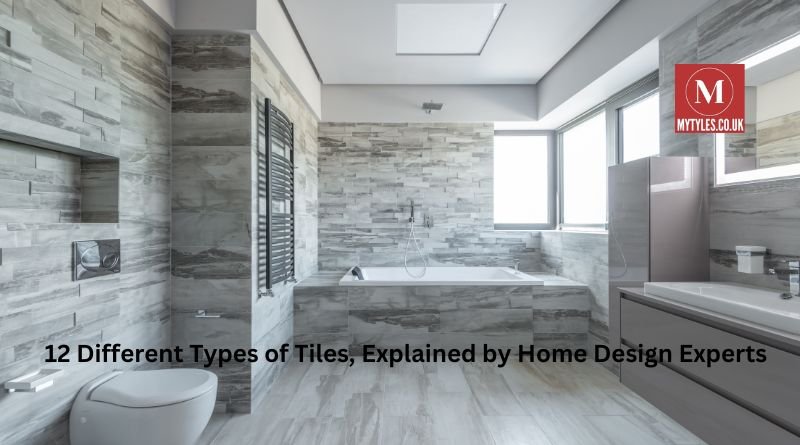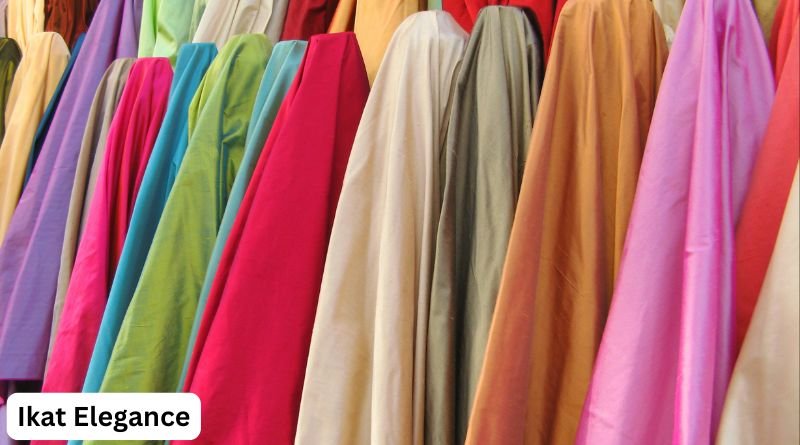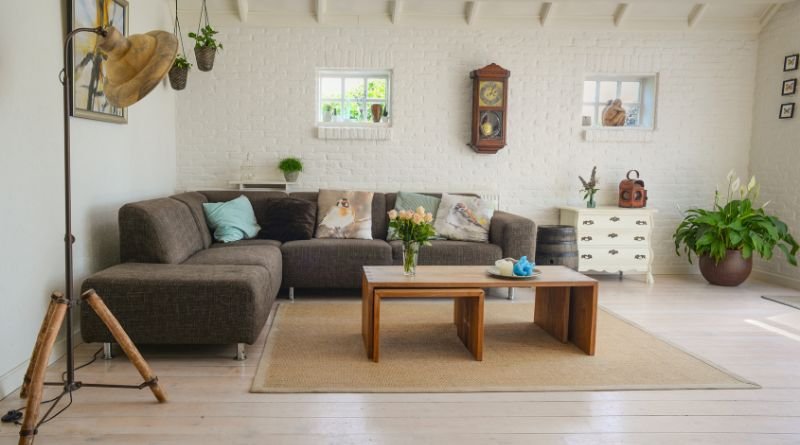Here’s an overview of 12 different types of tiles, as explained by home design experts. Each type offers unique features, making them suitable for different parts of your home. We’ll explore the pros, cons, and ideal areas for installation.
1. Ceramic Tiles
Overview: One of the most common types of tiles, ceramic is a versatile option made from clay, baked at high temperatures.
- Pros: Affordable, easy to install, and available in numerous styles, colors, and textures.
- Cons: Susceptible to chipping and cracking over time, especially in high-traffic areas.
- Best For: Kitchens, bathrooms, and backsplashes. Its water-resistant properties make it ideal for these spaces.
2. Porcelain Tiles
Overview: A denser, more durable form of ceramic, porcelain tiles are made from finer clays and fired at higher temperatures.
- Pros: Extremely durable, water-resistant, and less prone to wear. They are suitable for indoor and outdoor use.
- Cons: More expensive and harder to cut and install than ceramic tiles.
- Best For: Bathrooms, kitchens, hallways, and outdoor areas like patios.
3. Glass Tiles
Overview: Known for their beautiful reflective surface, glass tiles offer a sleek, modern finish. They come in many colors and finishes, including clear, frosted, and colored.
- Pros: Water- and stain-resistant, easy to clean, and eco-friendly.
- Cons: Prone to cracking under heavy impact and can be slippery when wet.
- Best For: Backsplashes, accent walls, and bathrooms. They’re great for adding a glossy, elegant look.
4. Natural Stone Tiles (Marble, Granite, Limestone, Slate)
Overview: Natural stone tiles are carved from real stone, providing a unique, luxurious appearance. Each type of stone brings its distinct character:
- Marble: Elegant with veins of color; polished or honed finishes available.
- Granite: Dense and durable, excellent for high-traffic areas.
- Limestone: Soft, earthy appearance with a chalky texture.
- Slate: Rustic with natural clefts and a matte finish.
- Pros: Naturally unique, incredibly durable, and versatile. Can add real estate value.
- Cons: Expensive, porous, and requires regular sealing.
- Best For: Bathrooms, living rooms, patios, and countertops.
5. Mosaic Tiles
Overview: Small tiles (often made from ceramic, glass, stone, or metal) arranged in patterns, mosaics create intricate designs.
- Pros: Eye-catching, customizable, and great for adding artistic flair to a room.
- Cons: Labor-intensive to install, more expensive than larger tiles, and the many grout lines can make them harder to clean.
- Best For: Accent walls, backsplashes, or creating custom patterns in showers and pools.
6. Cement Tiles
Overview: Handmade and known for their bold, intricate patterns, cement tiles have been a popular choice for centuries.
- Pros: Customizable in terms of pattern and color, durable, and eco-friendly.
- Cons: Can stain easily if not sealed properly, and they tend to patina over time.
- Best For: Bathrooms, kitchens, and outdoor areas. They’re perfect for making a statement with floors or walls.
7. Quarry Tiles
Overview: Made from unglazed natural clay, quarry tiles are tough, earthy, and known for their reddish-brown color.
- Pros: Extremely durable and slip-resistant.
- Cons: Limited color options and need to be sealed for moisture resistance.
- Best For: Kitchens, outdoor patios, and high-traffic areas like hallways. Ideal for rustic designs.
8. Metal Tiles
Overview: Metal tiles are a modern, edgy option usually made from stainless steel, aluminum, or copper.
- Pros: Reflective surface, durable, and easy to clean. Perfect for contemporary designs.
- Cons: Prone to scratching, and more expensive than traditional materials.
- Best For: Backsplashes, accent walls, and as decorative insets. Adds a modern industrial feel to kitchens and bathrooms.
9. Terrazzo Tiles
Overview: Composed of chips of marble, quartz, glass, or other materials set into a cement or resin base, terrazzo tiles are durable and versatile.
- Pros: Extremely durable, customizable, and eco-friendly since they can be made with recycled materials.
- Cons: Expensive and can be slippery when wet.
- Best For: Entryways, kitchens, and large areas like living rooms or airports.
10. Pebble Tiles
Overview: Pebble tiles are made from small stones and give a natural, textured look to spaces.
- Pros: Unique, textured surface ideal for creating a spa-like environment.
- Cons: Difficult to clean due to the uneven surface, and installation can be tricky.
- Best For: Bathrooms (especially shower floors), outdoor patios, and feature walls.
11. Vinyl Tiles
Overview: Made from synthetic materials, vinyl tiles are budget-friendly and offer a wide range of designs, including wood, stone, or ceramic look-alikes.
- Pros: Affordable, water-resistant, easy to install, and available in many patterns.
- Cons: Less durable than other types, and the surface can wear over time.
- Best For: Kitchens, bathrooms, and laundry rooms where moisture resistance is essential.
12. Travertine Tiles
Overview: Travertine is a type of limestone with a soft, natural appearance, often available in neutral shades like cream, beige, and tan.
- Pros: Elegant, timeless, and eco-friendly.
- Cons: Porous, so it needs regular sealing to prevent staining, and softer than other natural stones.
- Best For: Bathrooms, living rooms, and patios. It’s ideal for areas that need a softer, more natural finish.
Conclusion
Choosing the right type of tile depends on the room’s function, the style you want, and your budget. While ceramic and porcelain are great all-rounders, natural stone tiles like marble and granite offer luxury and timeless appeal. For a modern twist, metal or glass tiles can be used for eye-catching accents, while mosaic and cement tiles are perfect for custom, decorative installations.
Each tile type brings its own advantages and potential downsides, but with the right care and planning, you can find the perfect fit for your design needs.
Read also: check




